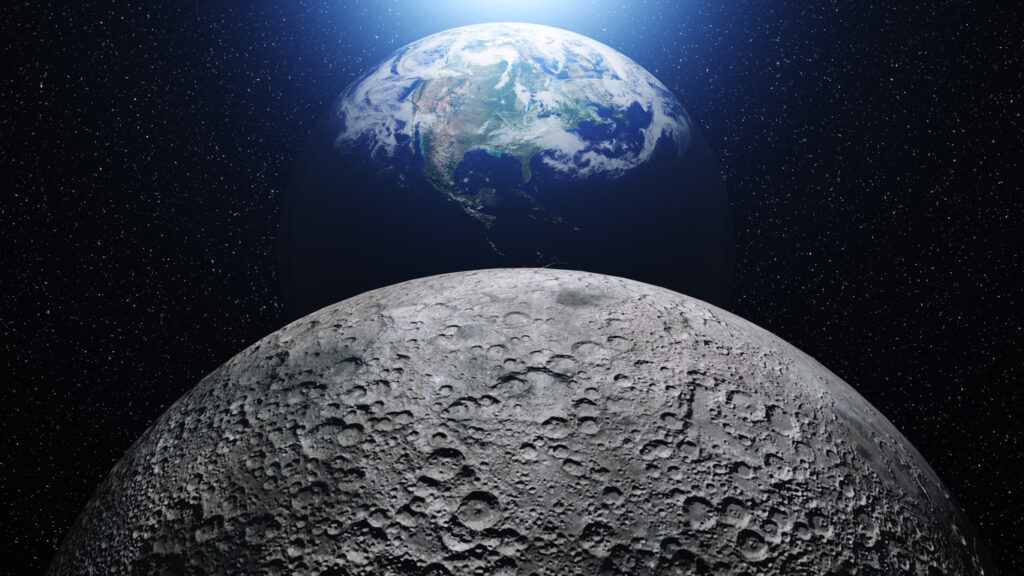
If alien life exists out there, and they’ve got the tech to scan planets like we scan Netflix menus, what would they think of Earth? Would our lush green landscapes and oxygen-rich atmosphere draw them in—or would our noise, pollution, and general chaos make them swipe left? These are some of the things about Earth that scientists believe might either make us stand out as an appealing holiday spot, or a total intergalactic no-go.
1. Our water-rich surface
We’re basically the blue marble of the solar system. Over 70% of our surface is water, and that alone makes Earth a bit of a unicorn in space terms. Liquid water is one of the key ingredients scientists think alien life would need. From a distance, Earth probably looks like a glowing oasis. For any life form searching for a stable environment with water to support biology, this alone could be a huge pull. Unless, of course, they melt in water. Then we’re a giant death trap.
2. Our complex biosphere
Earth doesn’t just have life—it has an absolute explosion of it. From microscopic plankton to blue whales, from mushrooms to monkeys, it’s a buffet of biodiversity unlike anything else we know. To aliens, this might signal a lively, evolving world that’s rich with possibilities. Or they might take one look at all the insects and parasites and think, “Yeah, no thanks.”
3. Our radio and TV signals
For over a century, Earth has been leaking signals into space—TV shows, radio broadcasts, satellite pings. Somewhere out there, our weirdest reality shows could be drifting through the stars. If aliens are listening, this might be how they first discover us. Then again, if the first thing they pick up is a 90s game show or political meltdown, they might decide to keep looking.

4. Our atmosphere’s chemical makeup
Oxygen isn’t a guaranteed feature on other planets, and Earth’s specific mix of gases—including nitrogen, carbon dioxide, and ozone—is pretty unique. It’s the kind of combo that hints at active, breathable ecosystems. To life forms with similar respiratory needs, this might be a flashing welcome sign. But if they breathe something else—like methane or ammonia—our air could be as toxic to them as chlorine is to us.
5. Earth’s magnetic field
Our magnetic field protects us from solar radiation and helps keep our atmosphere intact. It also creates auroras and might even affect animal migration. It’s like our planet’s invisible bodyguard. For advanced civilisations, this kind of protective layer might be incredibly attractive—suggesting a stable, life-supporting planet. But for others, especially energy-based life forms, it might be an annoying electromagnetic buzz they’d rather not deal with.
6. Our technological noise
We’ve got satellites, planes, internet cables, mobile towers, drones, and more all buzzing 24/7. Earth is absolutely lit up with digital activity. From a distance, it probably looks like a planet in the middle of a very loud party. This could be a beacon for curious explorers—or a warning sign that we’re already overpopulated, overconnected, and maybe not in the best shape for guests.

7. Our ability to send objects into space
We’ve launched satellites, space probes, rovers, and people beyond Earth’s surface. Even if we’re just toddlers in space travel terms, we’ve already made a mark. Our tech is out there, floating around or heading off into deep space. To alien observers, this might suggest we’re starting to explore—and could be worth keeping an eye on. Or they might see us as a future problem and decide to ghost us before we get too ambitious.
8. Earth’s extreme weather and natural disasters
Floods, hurricanes, earthquakes, volcanoes—our planet puts on quite a show. It’s not always friendly, and some areas are basically unliveable at certain times of the year. That unpredictability could be a major red flag. Aliens used to calmer environments might find our stormy climate chaotic and unstable. On the flip side, they could view our resilience and adaptability as impressive signs of life worth studying.
9. Our visible cities from space
At night, our cities glow so brightly they’re visible from space. The layout of roads, the clustering of lights—it all points to intelligent life shaping its own environment. No natural landscape glows in neat grids like that. To alien civilisations, this might scream “intelligent species, possibly ready for contact.” Or it might read as “hyper-industrialised planet, possibly burning itself out.” Depends on how optimistic they are.
10. Earth’s music, art, and creativity
If aliens ever picked up the Golden Record from the Voyager probes, they’d hear Earth’s finest attempts at music, greetings in dozens of languages, and sounds of nature. It’s our way of saying, “Hey, we’re more than just noise.” Creative expression might be a universal sign of consciousness. It shows imagination, complexity, emotion. Or it might be totally baffling to them—like trying to explain jazz to a rock.
11. Our rapid environmental changes
Deforestation, plastic pollution, ocean acidification—aliens who’ve been watching us for decades might notice just how fast we’ve transformed our environment. Not always in good ways. That could be concerning. They might see us as reckless with our resources. Or, more hopefully, they might recognise our awareness of these issues and our growing efforts to fix them. Maybe they’re rooting for us from afar.
12. Our mix of compassion and conflict
Earth is a place of extremes—acts of war and kindness, cruelty and healing, destruction and creativity. It’s messy, but it’s also layered with meaning and emotion. We’re complex creatures on a complex planet. If aliens are capable of empathy or curiosity, they might find that fascinating. Or they might decide we’re way too emotionally high-maintenance for first contact and back away slowly.